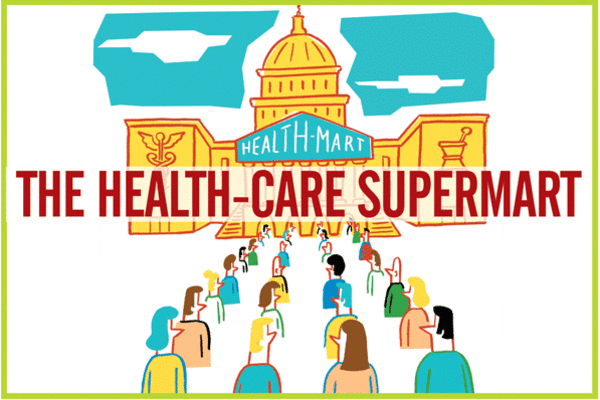The Pros and Cons of Consumer-Driven Healthcare
Consumer-driven health care is a name for the practice of setting up employee health plans with low premiums, high deductibles, and savings accounts. The goal of these plans is to reduce costs for employers, prompt employees to make more educated decisions about the care they seek, and increase the percentage of employees that have access to insurance. The reality, however, is not that simple, and there are a number of pros and cons to consumer-driven health care.
When consumer-driven health care was first introduced in the early 2000s, it was wildly unsuccessful. It was simply a way for employers to shift the cost of health care onto their employees. Sure, consumers had more options, but none of them were good. The high deductible and tax-exempt nature of the savings account meant that both the employer and the employees were spending less money on health care upfront, but if the employee got sick the majority of the cost was deferred onto them, whereas with a plan with a lower deductible the employee and employer would share the costs more evenly.























